Are you fed up of seeing dandelions ruining the aesthetic of your lawn, and looking for the best time to start spraying them? You’ve come to the right place! In this blog post, we’ll provide you with detailed information about when and how it is best to spray a chemical solution on your lawn so that you can get rid of those pesky weeds. We will analyze why the season matters and examine which steps should be taken before using any treatments so that your efforts deliver preferred results. So let’s dive in, shall we?
Table of Contents
Why Should You Spray Dandelions?
Dandelions are more than just a pesky weed. They can cause serious damage to lawns and gardens, leading to costly repairs or replacement. Dandelion roots can grow deep into the ground, taking away soil moisture and essential nutrients from other plants. Furthermore, dandelions produce a high number of seeds that spread quickly throughout your garden or lawn, making them difficult to get rid of without proper treatment. Spraying for dandelions is an easy and effective way to keep them from taking over your landscaping.
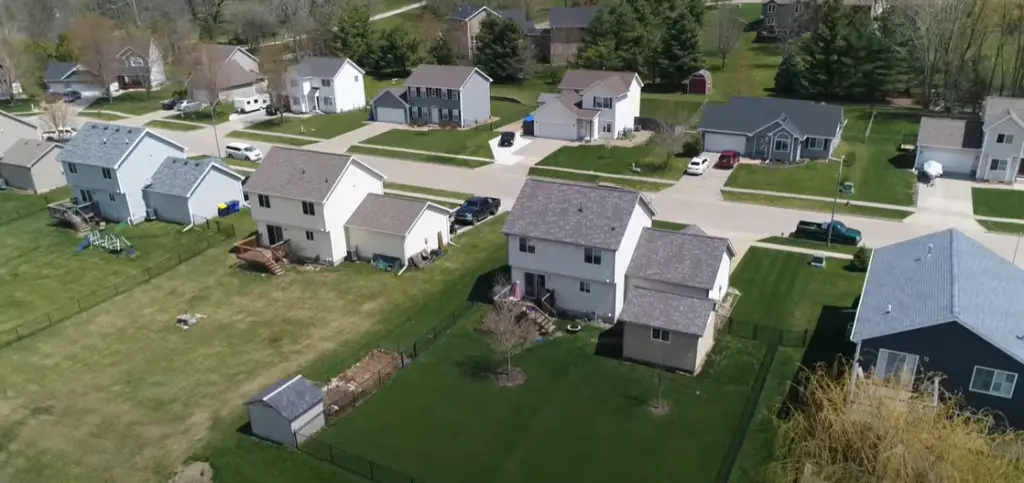
When Should You Spray Dandelions?
The best time to spray for dandelions is early in the spring before they flower. At this point, the weed has less foliage and the chemical used on it will have a more direct effect on the plant’s roots. Spraying in mid-spring and summer may still be effective, but because there are more leaves and flowers on the plant, less of the chemical will reach its root system. Early fall is also an ideal time to spray as some of the weeds have already gone dormant while others are starting to slow down their growth. As temperatures drop in late fall or winter, dandelion growth slows even further so spraying during this season isn’t likely to be very effective.
It’s important to note that when spraying dandelions, you should always use a weed killer that is specifically designed to target dandelions. This will ensure the most effective results. Additionally, be sure to read and follow all label instructions in order to prevent any potential harm to your lawn or garden. With proper care and timing, you can keep pesky dandelions from overtaking your yard. [1]
What Time Of Day Is Best To Spray Broadleaf Weeds?
Warm Climates
If you live in a warm climate, it is best to spray broadleaf weeds during the morning. This is because temperatures are lower, and there is less risk of burning the foliage. The cooler temperatures also mean that weeds won’t be as active, allowing for better absorption of herbicidal chemicals.
Cool Climates
In cool climates, it is best to spray broadleaf weeds in the late afternoon. This allows for more time for dew or rain to evaporate off the leaves before application; otherwise contact with moisture can reduce herbicide effectiveness. Additionally, higher temperatures in the late afternoon improve weed activity and absorption of chemical products.
Finally, always read and follow herbicide label instructions carefully when spraying broadleaf weeds. These directions are designed to provide the best results while minimizing unintended damage or harm to other plants. Following proper application guidelines can help you protect your lawn or garden from unwanted pests without causing unnecessary harm.
With these considerations in mind, you can easily make sure that you spray weeds during the best time of day for your location and climate! [2]
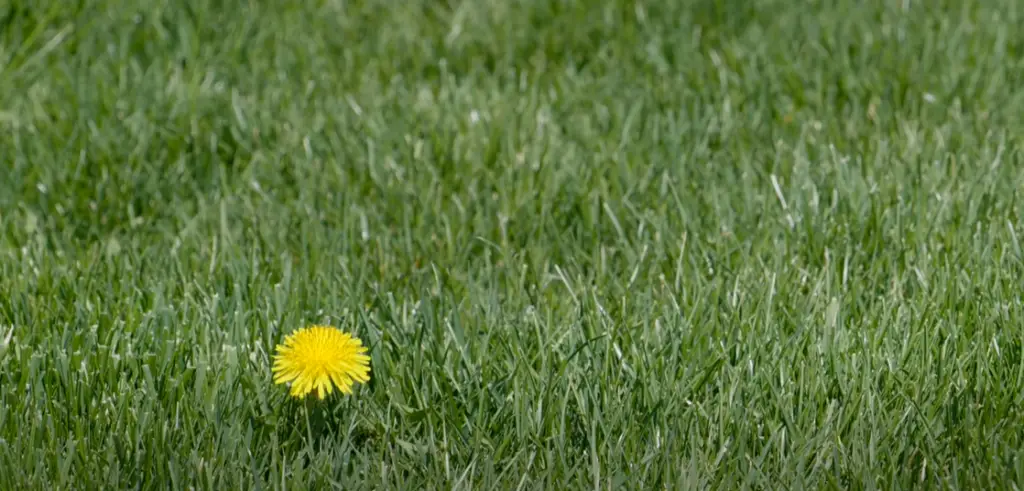
What Is The Best Temperature To Spray Weeds?
When it comes to spraying weeds, such as dandelions, warm weather and sunny days are ideal. Heat helps the weed killer penetrate plant tissues and spread more evenly over foliage. The best temperature range for spraying is between 80°F and 90°F (27°C to 32°C). Aiming to spray your lawn when temperatures fall within this range will produce longer lasting results and help keep weeds away for a longer period of time.
In addition to temperature, humidity also plays an important role in weed control. Lower humidity can cause herbicides to evaporate quickly while high levels of humidity can reduce their effectiveness. So, it is best to avoid spraying if the relative humidity is above 85%. If you do choose to spray in these conditions, you should use a wettable powder formulation to increase the effectiveness of the weed killer.
Finally, be sure to check the weather before spraying for weeds. When rain is predicted within 24 hours of applying herbicides, it can render some glyphosate-based products useless and reduce the effectiveness of other active ingredients. For best results, wait until two or more days have passed without any precipitation before making an application.
Using these guidelines will help you determine when is the best time to spray for dandelions and other weeds in your landscape. With careful timing and proper precautions, you can keep your lawn looking its best all year long. [3]
Can You Spray Dandelions After It Rains?
In most cases, you should avoid spraying dandelions after a rainfall. While rain can help to wash away some of the remaining chemicals from your lawn and make it easier to spray in an open environment, the moisture can also limit their effectiveness. Rainwater can cause the herbicide to break down too quickly, making it less effective at treating dandelions.
Additionally, if you apply the herbicide right after it rains, there is a risk that the droplets will scatter instead of settling on specific plants and patches of grass. To ensure that your efforts are effective and safe, you should wait until 24 hours after a heavy rainfall before applying any form of chemical treatment against dandelions.
If you’re dealing with an especially heavy infestation of dandelions, you may want to wait even longer. Rainfall can encourage weeds to spread their seeds, so waiting until a dry period is in effect will help reduce the risk of further spreading as well as increase the efficacy of any chemical treatments that you use.
To maximize the effectiveness of your efforts and minimize the overall environmental impact, be sure to spray for dandelions during the early morning or late afternoon when there is no rain forecasted for at least 24 hours. Doing this will give you time to properly prepare and monitor your area before applying any herbicides, ensuring that they are used safely and effectively.
Spraying Dandelions On A Calm Day
It is important to choose a calm day to spray for dandelions. Windy days can cause the product to drift onto other plants or unwanted areas, affecting their growth and health. Additionally, spraying on a windy day can spread the weed killer farther than intended. To ensure that the product stays where it needs to be and has enough time to take effect, wait for a warm, still day before beginning your project.

Should I Spray Dandelions Before Or After I Mow?
Mowing your lawn is an important part of maintaining a neat and healthy looking yard. However, when it comes to controlling dandelions, you should be aware that mowing before spraying can make the problem worse.
When you mow the lawn before spraying for dandelions, you are actually helping disperse their seeds further into your yard, making them harder to kill with herbicides. Instead, spray them first and then mow. This will ensure that any remaining dandelion seeds that were not killed by the herbicide will be cut off in the process of mowing and won’t spread throughout your yard.
Be sure to wait until after you’ve sprayed for dandelions before cutting the grass. This will give the herbicide enough time to take effect and kill any of the dandelions present in your lawn before you mow it. If you mow too soon, you may end up spreading the seeds even further, making your efforts fruitless.
Keep in mind that different herbicides have different application directions depending on their ingredients and strength. Be sure to read the label carefully so you know exactly when and how much of a product to use for maximum effectiveness. Following these simple steps can help ensure a healthy looking lawn free of dandelions all season long! [4]
What Can I Spray In My Yard To Kill Dandelions?
Non-Selective Herbicide
A non-selective herbicide such as glyphosate will kill all vegetation in the area, including dandelions. It is best to use this type of product when you have a large infestation and can’t target individual plants. Be sure to read the label carefully before applying and follow safety guidelines while spraying.
Selective Herbicide
If you want something that targets only weeds, then a selective herbicide may be your best choice. There are many on the market that contain 2,4-D or dicamba as active ingredients which are designed for use on lawns and other turf areas. These will not harm grasses but are effective against broadleaf weeds like dandelions so make sure to check the label for specific instructions. Additionally, using a surfactant or wetting agent with these products will help increase their effectiveness.
Spot Treatment
For more precise control of dandelions, spot treatment is the way to go. There are products available that contain active ingredients like triclopyr or acetic acid which are designed to target only weeds and not grasses. These can be applied directly to the weed itself for fast results but always make sure you read the label before applying.
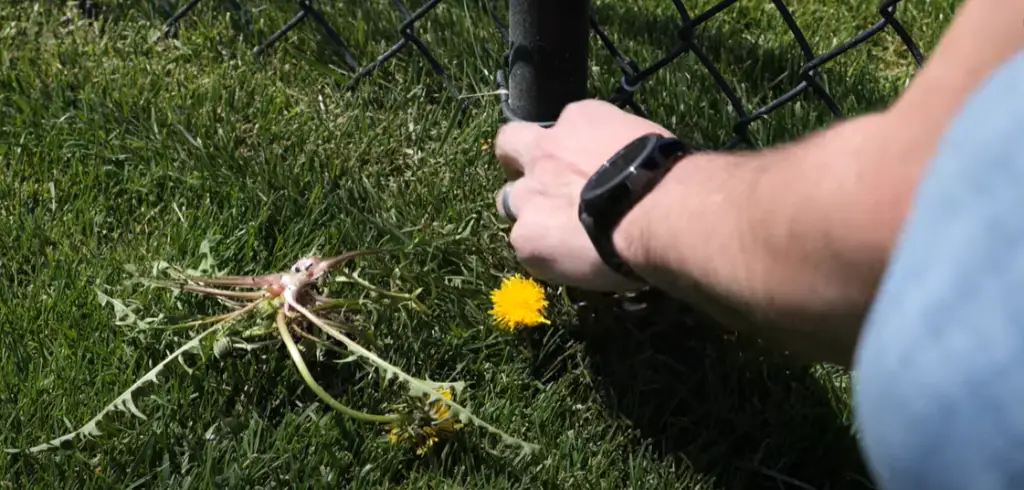
Organic Control
Finally, there are many organic options available as well. A popular choice is horticultural vinegar which contains 20-percent acetic acid and can effectively kill dandelions when used correctly. It’s important to remember that this type of product is best used as a spot treatment and should not be applied to the entire lawn. Also, make sure to read the label carefully before using as it can cause injury or even death if misused.
No matter which method you choose, always make sure to follow safety guidelines and read all labels before applying any type of herbicide. This will ensure that you are using the correct product for your situation and will help prevent potential harm to yourself, others, and the environment. When done correctly, controlling dandelions in your yard can be an effective way to maintain a healthy lawn all year long! [5]
What Will Kill Dandelions But Not Grass?
There are several products on the market that can be used to kill dandelions without damaging grass. Herbicides containing: 2,4-D (an herbicide ingredient found in many lawn care products), Glyphosate (a non-selective herbicide) and Dicamba (a selective herbicide) are all effective at targeting dandelions while leaving your grass intact. Depending on the active ingredients, these products should be applied either before or after the dandelion blooms have emerged from the ground. If you choose to use a pre-emergent herbicide, remember to read and follow all label instructions for best results.
With the right approach, you can successfully keep dandelions away from your lawn while preserving its health and beauty. So take some time to do research on which products are suitable, follow all label instructions closely, and with a bit of effort, you should soon have a healthy green lawn free of pesky dandelions. [6]
FAQ
What is the best temperature to spray dandelions?
When spraying for dandelions, the ideal temperature is between 50 to 85 degrees Fahrenheit. Temperatures outside of this range can reduce the effectiveness of the herbicide and increase the risk of damaging desirable plants in the area. Additionally, windy conditions should be avoided since wind will carry the spray away from its target. For best results, wait until morning or late afternoon when temperatures are milder and there is less chance of wind blowing the spray away.
When is a good time to spray dandelions?
The best time to spray for dandelions is in early spring or fall when temperatures are milder and there is plenty of moisture in the air. This timing allows the herbicide to work optimally by soaking into the root system and preventing new growth. Additionally, this timing reduces the risk of herbicides drifting onto desirable plants and damaging them. Finally, spraying in early spring or fall will provide more consistent results since temperature extremes are less likely to interfere with chemical reactions.
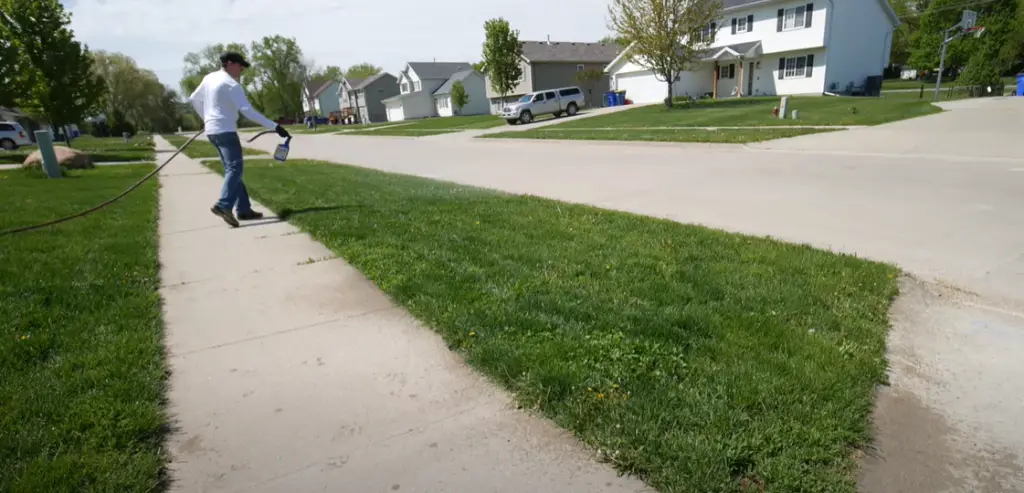
Are there any risks associated with spraying dandelions?
Yes, there are several potential risks associated with spraying herbicides on dandelions including damage to beneficial plants in the area, harm to pets and wildlife if not used properly, and drift of chemicals onto nearby surfaces such as driveways or sidewalks. To reduce these risks, it is important to use a weed killer that is specifically designed for your needs and follow all directions carefully. Pesticides should only be applied when temperatures are mild and there is no wind. Additionally, always wear protective clothing when applying herbicides to prevent any accidental skin contact.
Is it safe to spray dandelions around children or pets?
No, spraying herbicides around children or pets can be dangerous and should be done with extreme caution. If possible, try to keep children and pets away from the area while you are spraying for dandelions. Make sure that the weed killer you use is designed for your specific needs and does not overapply. Herbicide sprays should only be used when necessary and in accordance with safety guidelines set forth by the manufacturer. Additionally, protective gear such as long-sleeved shirts, pants, gloves, and a face mask should always be worn when handling and applying herbicides.
Useful Video: When is the Best Time To Spray Dandelions?
Conclusion
In summary, the best time to spray dandelions is when they are actively growing in your lawn. This usually occurs during spring and fall months, with temperatures between 45-85°F. When you decide to spray your lawn make sure you read all of the instructions on the pesticide label and follow them closely. Also be aware that many chemical herbicides can pose risks to humans, animals and the environment. Therefore it’s important to practice safe application techniques such as wearing protective clothing, avoiding contact with skin and eyes, not breathing in fumes or vapors from sprays or granules, and washing hands immediately after handling any pesticides. With proper precautions taken and by following these tips above you should have a successful battle against dandelions in your lawn.
Good luck!
References:
- https://weedman.com/blog/dandelion-season
- https://theyardandgarden.com/best-time-to-spray-dandelions/
- https://gardenine.com/best-time-to-spray-dandelions/
- https://yardandgardenguru.com/best-time-to-spray-dandelions/
- https://weedkillerguide.com/best-time-to-spray-dandelions/
- https://turfmechanic.com/best-time-to-spray-dandelions/

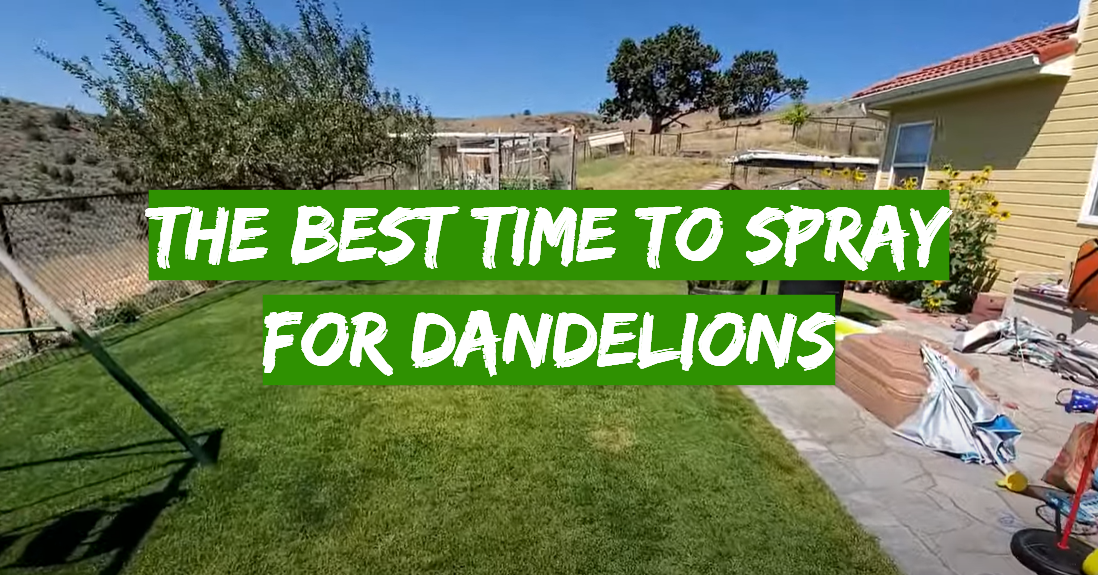


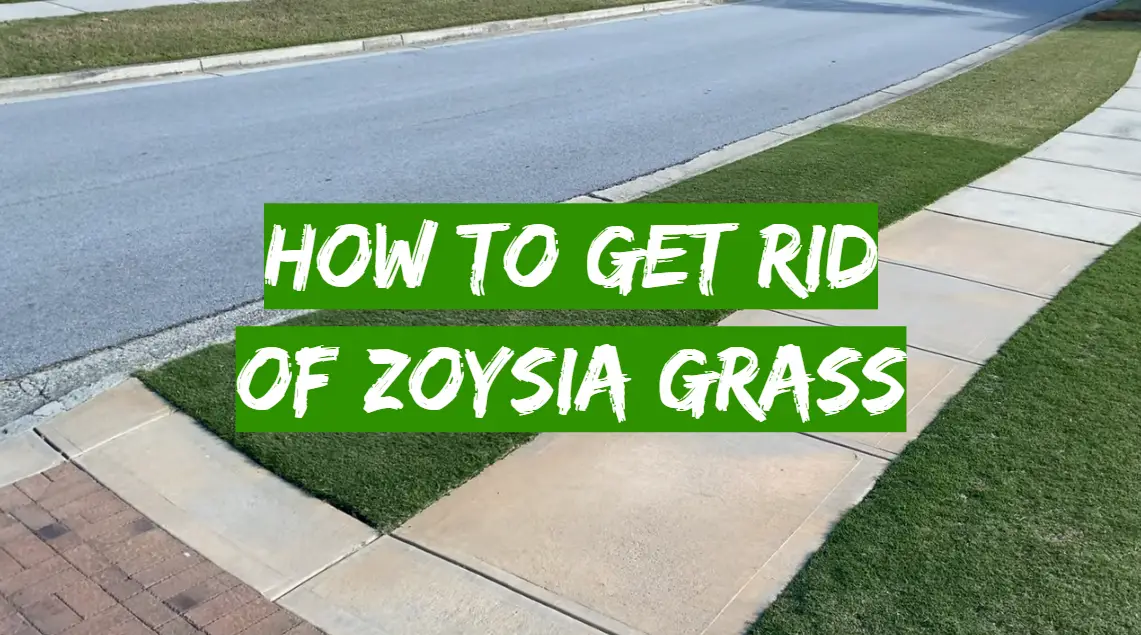
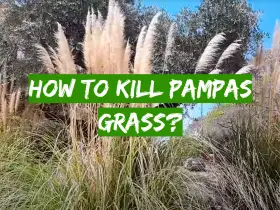

Leave a Reply
View Comments